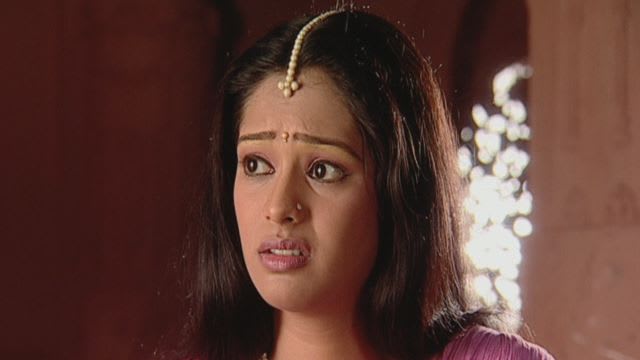
- DHARTI KA VEER YODHA PRITHVIRAJ CHAUHAN EPISODE 260 SERIAL
- DHARTI KA VEER YODHA PRITHVIRAJ CHAUHAN EPISODE 260 PLUS
- DHARTI KA VEER YODHA PRITHVIRAJ CHAUHAN EPISODE 260 SERIES
The telecast of Ramayan was seen as a precursor to the Ayodhya dispute.
DHARTI KA VEER YODHA PRITHVIRAJ CHAUHAN EPISODE 260 SERIES
However, critics dismissed the series calling it a 'technically flawed melodrama'. In Delhi, government meetings had to be rescheduled after the entire cabinet failed to turn up for an urgent briefing.'

In the noisiest and most bustling cities, trains, buses and cars came to a sudden halt, and a strange hush fell over the bazaars.
DHARTI KA VEER YODHA PRITHVIRAJ CHAUHAN EPISODE 260 SERIAL
Soutik Biswas of BBC recalled that when the series was telecast every Sunday morning, 'streets would be deserted, shops would be closed and people would bathe and garland their TV sets before the serial began.' Writing for the Telegraph, William Dalrymple noted, 'In villages across south Asia, hundreds of people would gather around a single set to watch the gods and demons play out their destinies. The success of the series was documented well by the media. Prithviraj Chauhan Video Serial Geet Video He mentioned that it was common among people threatening to burn down the local electricity board headquarters during a power outage.

He also added that the show's popularity spanned across religions and was watched by people of the Islam faith in high numbers as well. In the case of Ramayana that figure had been maintained almost from the beginning.' He added, 'Starting at around 50 per cent the 80 per cent figure was reached within a few months and never went down.' He noted that the viewership was more than 50 per cent even in the predominantly non-Hindi speaking southern Indian States of Tamil Nadu, Kerala and Karnataka. Other programmes like Buniyaad and even Hum Log did achieve viewership of around 80 per cent and more, on occasion. Bose, the media director of Hindustan Thompson Associates, remarked, 'The unique thing about the Ramayana was its consistency. It was telecast in 55 countries and at a total viewership of 650 million, it became the highest watched Indian television series by a distance. Ramayan notably broke viewership for any Indian television series during the time. But, owing to popular demand it had to be extended thrice, eventually ending after 78 episodes. The series was initially conceptualized to run for 52 episodes of 45 minutes each. Chopra over the production of the series Mahabharat based on another epic of the same name, and mentioned that both he and Sagar accepted to his suggestions and constituted panels of experts and scholars to conceptualize the production. Gill added that he also wrote a similar letter to B. He added that he had noted in the letter that Sagar's 'real challenge would lie in seeing the epic 'with the eyes of a modern man and relating its message to the spiritual and emotional needs of our age'. Gill added that in a letter to Sagar, he had written about the Ramayana as a subject for the television series was ideal in that it was 'a repository of moral and social values' and that its message was 'secular and universal'. Gill wrote that it was during his tenure as the secretary with the Ministry of Information and Broadcasting in September 1985 that he contacted Ramanand Sagar in association with the project. Writing for the Indian Express upon completion of the airing of the series' final episode, former bureaucrat S.

DHARTI KA VEER YODHA PRITHVIRAJ CHAUHAN EPISODE 260 PLUS
Also, it was aired on Star Plus and Star Utsav in 2000's. Ramayan introduced the concept of Hindu epics to Indian Television and went on to become a national classic, it was aired on Zee TV in mid-90's.

The remake of Ramayan series was again presented by Sagar Arts and which aired on NDTV Imagine in 2008. Ramayan is an Indian historical-drama epic television series, which aired during 1987-1988, created, written, and directed by Ramanand Sagar. (Redirected from Ramayana (TV series)) Ramayan


 0 kommentar(er)
0 kommentar(er)
